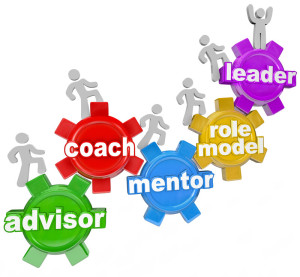I wrote my first Martin Luther King Day post four years ago. How much has changed since then? And is it really for the better? On one level, it’s very hard to say ‘yes’. Our country seems more divided. Hate crimes and mass shootings continue. In the past year we’ve seen shootings at a Jewish temple and someone “hunting” for Hispanics in El Paso, Texas.
crimes and mass shootings continue. In the past year we’ve seen shootings at a Jewish temple and someone “hunting” for Hispanics in El Paso, Texas.
2020 is an election year and a consequential one at that. Who we are as a country and what kind of future we want for our children and grandchildren is at stake. As our minister said in this week’s sermon honoring Dr. Martin Luther King, we have to see the wrongness of now and the rightness of tomorrow, we need to see it and believe it.
Appreciating and embracing diversity is what we as leaders must demonstrate every day in every part of our lives. Fighting for social justice and showing up for others must also be a part of our everyday lives.
A few years ago on this day, my oldest brother called and told me about our first social justice lesson as children. I was only 7 and he had just graduated from high school. The four of us kids and our mom lived in an all-white neighborhood in Minneapolis. My mom took us on a family trip to Hot Springs, Arkansas in 1960. I don’t remember a lot of it. My brother told me about how our mother took us all into a restaurant in Little Rock, saw a sign that said “colored people aren’t allowed” and marched us right back out. She gave us our first social justice lesson there on the sidewalk. I was young. I wish I remembered this myself but I’m so glad he told me the story.
I’m not exactly sure what our children learn in school these days about Dr. Martin Luther King, but I do know they learn that the color of one’s skin doesn’t matter. I asked my oldest granddaughter who is in first grade what she knew about Dr. Martin Luther King. She said he’s brown and that he used his words, not his hands to fight. Guess that’s one way to describe the gospel of non-violence.
Many healthcare organizations have a Chief Diversity Officer and EDI program. For the IT folks reading, that’s not EDI as in electronic data interchange, but EDI as in Equity, Diversity and Inclusion. Continue reading









